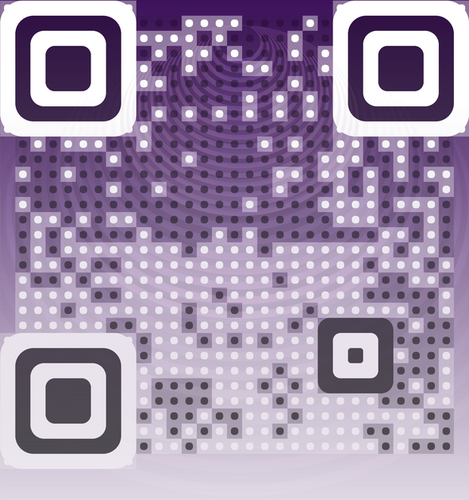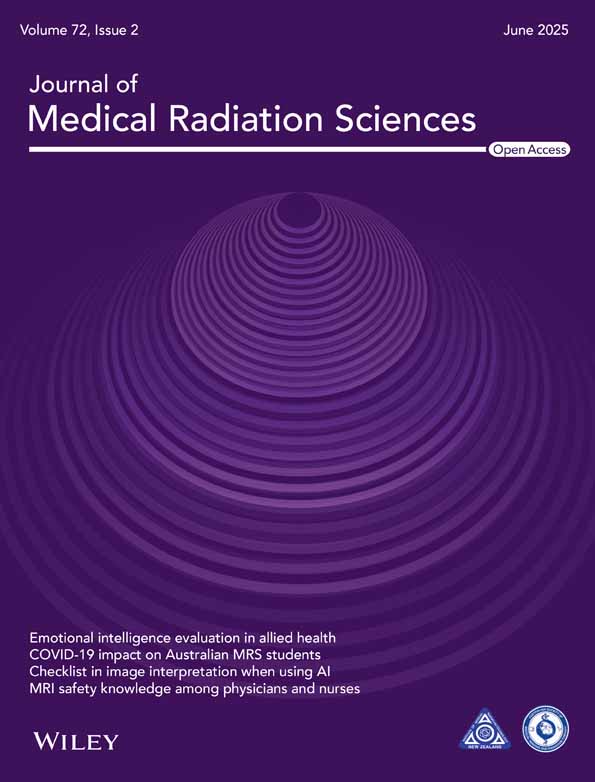Continuing Professional Development—Medical Imaging
Maximise your continuing professional development (CPD) by reading the following selected article and answering the five questions. Please remember to self-claim your CPD and retain your supporting evidence. Answers will be available via the QR code and published in JMRS—Volume 72, Issue 4, December 2025.
Collaborative Use of a 3D Anatomy Platform to Motivate and Enhance Anatomy Learning in First-Year Online Medical Sonography Students
Michelle Fenech, Nadia Mead, https://doi.org/10.1002/jmrs.848.
-
When learning and teaching anatomy—especially when identifying structures in medical imaging—which systematic approach is recommended?
- Examine structures from superficial to deep
- Identify structures from the midline outward to the periphery
- First assess whether the image appears normal or abnormal
- Begin with larger, more obvious structures and use them as reference points to locate smaller, detailed structures
-
According to this study, why do regular peer-to-peer interactions support learning?
- They make learning more social, foster student connectedness to enhance the learning experience, promote growth, and support student autonomy
- They help prevent students from becoming distracted
- They allow students to collaboratively complete assessments
- They help students identify who is knowledgeable and willing to share ideas
-
Which of the following is not one of the zones described in Vygotsky's Zone of Proximal Development theory?
- The learner can do with guidance
- The learner cannot do
- The learner can do well
- The learner can do unaided
-
Which theory of learning underpins transformative learning through the creation and recreation of knowledge?
- Threshold concept of learning
- Transformative learning theory
- Metamorphosis pedagogy
- Transition pedagogy
-
According to the study authors, why is supported online learning of anatomy advantageous for students?
- It offers flexibility of pace, greater accessibility, and improved equitability when properly facilitated
- It provides opportunities for tactile learning
- It allows students to learn in isolation without distractions from others
- It enables students to quickly Google answers to accelerate their learning





